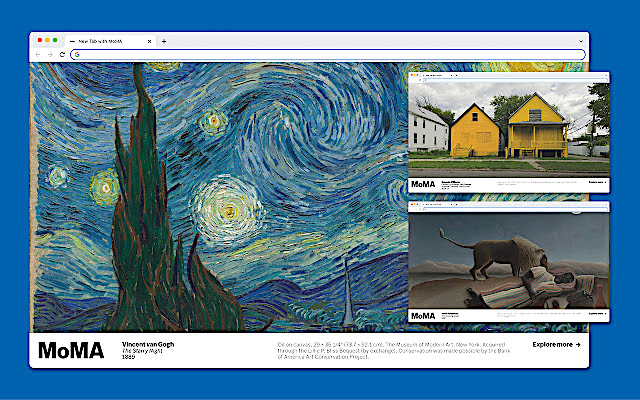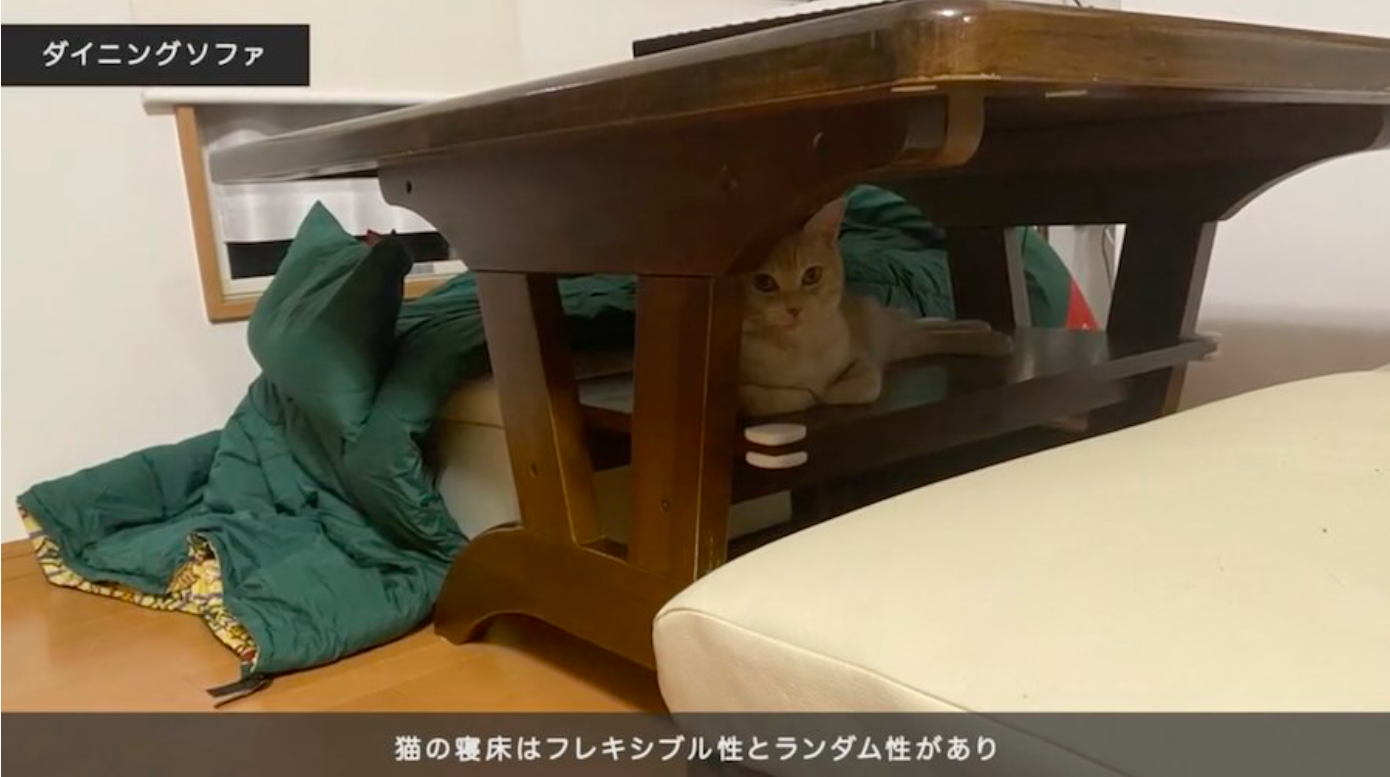Fifty years after its theatrical release, The Godfather remains a subject of lively cinephile conversation. What, as any of us might ask after a fresh semi-centennial viewing of Francis Ford Coppola’s mafia masterpiece, is this movie about? We need only ask Coppola himself, who has our answer in one word: succession. In the recent GQ interview above, he also explains the themes of other major works with similar succinctness: Apocalypse Now is about morality; The Conversation is about privacy. Such clean and simple encapsulations belie the nature of the film production process, and especially that of Coppola’s nineteen-seventies pictures, with their large scale, seriousness of purpose, and proneness to severe difficulty.
“What we consider real art is a movie that does not have a safety net,” Coppola says, and that applies without a doubt to movies like The Godfather and Apocalypse Now. Much as Orson Welles once said of his own experience making Citizen Kane, the young Coppola went into The Godfather ignorant of more or less everything involved in its content but life in an Italian-American family. But he had, in theater school, learned the techniques of “outwitting the faculty,” and dealing with the higher-ups at Hollywood studios turned out to require that same skill set. He thus found a way to include every element ruled insistently out by the executives, from New York locations and a period setting to performers like the then-unknown Al Pacino and then-washed-up Marlon Brando.
Brando didn’t take part in The Godfather Part II, but he did show up at the end of Apocalypse Now for a vividly memorable turn as the power-mad Colonel Kurtz. As Coppola remembers it, “when Brando arrived, he looked at me — he’s so smart — and he said, ‘You painted yourself in a corner, didn’t you?” The actor meant that the surreal qualities of the film had reached such an intensity that no conventional form of resolution could possibly suffice. This was the result of the fact that, as Coppola puts it, “one of the things that make a movie is the movie: it contributes to making itself.” In other words, as Coppola and his collaborators shot each scene (a process that famously resulted in over one million feet of footage), the very film taking shape before them suggested its own direction — in the case of Apocalypse Now, toward the ever darker and stranger.
Always candid about his professional struggles, Coppola has also been generous with technical and artistic explanations of just how his pictures have come together. Godfather fans will delight in his director’s-commentary tracks on the first and second parts of that trilogy; as for The Godfather Part III, Coppola released a new edit (in the manner of Apocalypse Now’s Redux and Final Cut) called The Godfather Coda: The Death of Michael Corleone in 2020. He discusses that project in the GQ interview, and also his work-in-progress Megalopolis. Having described The Godfather as essentially a Shakespearean tale, he’s now reaching further back in time: “Wouldn’t it be interesting if you made a Roman epic but didn’t set it in ancient Rome — set it in modern New York?” He also lets us in on Megalopolis’ surprising key word: not megalomania, nor ambition, nor power, but sincerity.
Related content:
A Behind-the-Scenes Look at the Casting of The Godfather with Coppola, Pacino, De Niro & Caan
Francis Ford Coppola’s Handwritten Casting Notes for The Godfather
Orson Welles Explains Why Ignorance Was His Major “Gift” to Citizen Kane
Based in Seoul, Colin Marshall writes and broadcasts on cities, language, and culture. His projects include the Substack newsletter Books on Cities, the book The Stateless City: a Walk through 21st-Century Los Angeles and the video series The City in Cinema. Follow him on Twitter at @colinmarshall or on Facebook.















